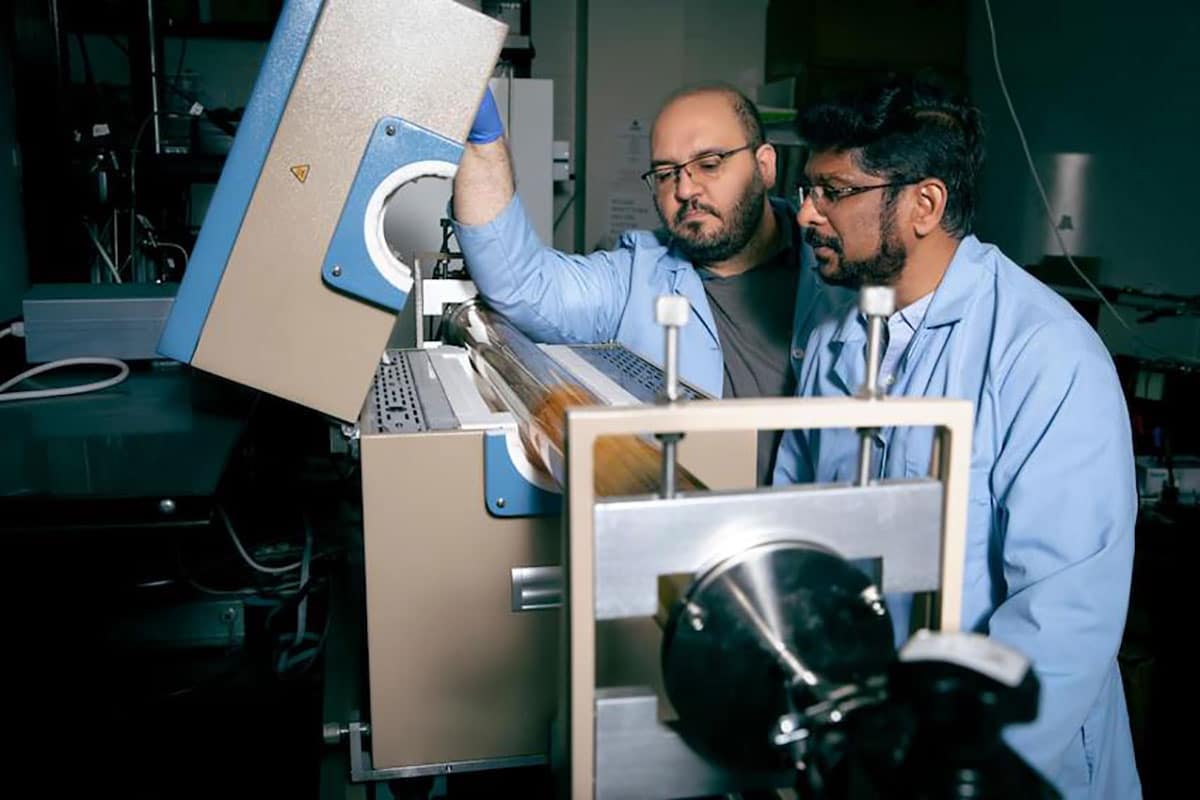
Hydrogen is the simplest and most abundant element in the universe. When it is in the form of hydrogen gas (2), it is an ideal fuel. But H2 isn’t found in natural deposits like coal or natural gas, so it must be made from molecules that contain hydrogen.
Luckily water (H20) contains hydrogen, and we can use water to produce hydrogen gas. However, breaking down water into hydrogen can be inefficient and costly, and the transformation process, called electrolysis, still needs to be improved.
Now, engineers at The University of Texas at El Paso have proposed a low-cost, nickel-based material to help split water more cheaply and efficiently. To develop the new material, researchers were inspired by a desert succulent known as the prickly pear cactus.
Current techniques to split water rely heavily on platinum as a catalyst, which has its drawbacks. It is very expensive, and it’s just not feasible to use it on a large scale because of its price. Researchers said we need a more economically viable catalyst so every country can reasonably adopt hydrogen.
The team had been exploring nickel as a catalytic replacement for platinum, a metal that is abundant on Earth and 1,000 times cheaper than platinum. However, nickel is not as quick and effective at breaking down water into hydrogen.
“Every day, I pass this same plant,” said Navid Attarzadeh, a doctoral student in environmental science and engineering. “And I started connecting it to our catalyst problem. What caught my attention was how big the leaves and fruits were compared to other desert plants; the prickly pear has an extraordinary surface area.” This is when the researcher had an idea.
The team designed a 3D nickel-based electrocatalyst in the shape of the prickly pear cactus. The larger surface area could accommodate more electrochemical reactions – creating more hydrogen than a nickel typically can.
Researchers tested the nano-scale structure – invisible to the human eye. “We tested the catalyst’s ability to split water repeatedly and had good results,” said Professor Ramana Chintalapalle, Ph.D., who led the study.
Although this is a fundamental discovery and the process needs further refinement, it’s a step in the right direction. “Hydrogen gas can transform energy technology for our country – without generating greenhouse gas emissions,” Chintalapalle said. “Our carbon footprint could be eliminated; we need to keep pursuing this.”
Journal reference:
- Navid Attarzadeh, Debabrata Das, Srija N. Chintalapalle, Susheng Tan, V. Shutthanandan, and C. V. Ramana. Nature-Inspired Design of Nano-Architecture-Aligned Ni5P4-Ni2P/NiS Arrays for Enhanced Electrocatalytic Activity of Hydrogen Evolution Reaction (HER). ACS Applied Materials & Interfaces, 2023. DOI: 10.1021/acsami.3c00781
Low-cost material paves the way for cost-effective hydrogen production
Source: Tambay News

0 Comments